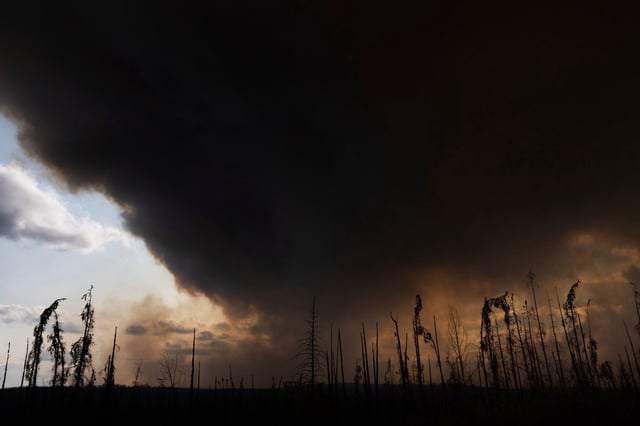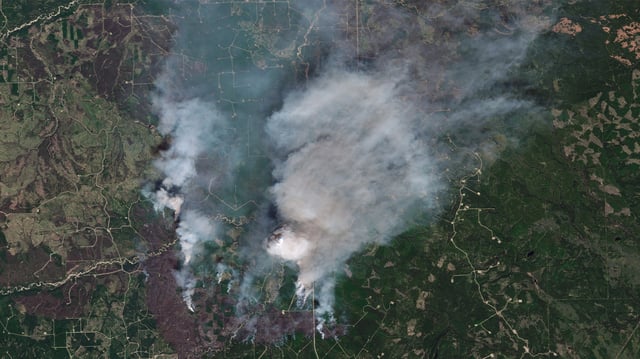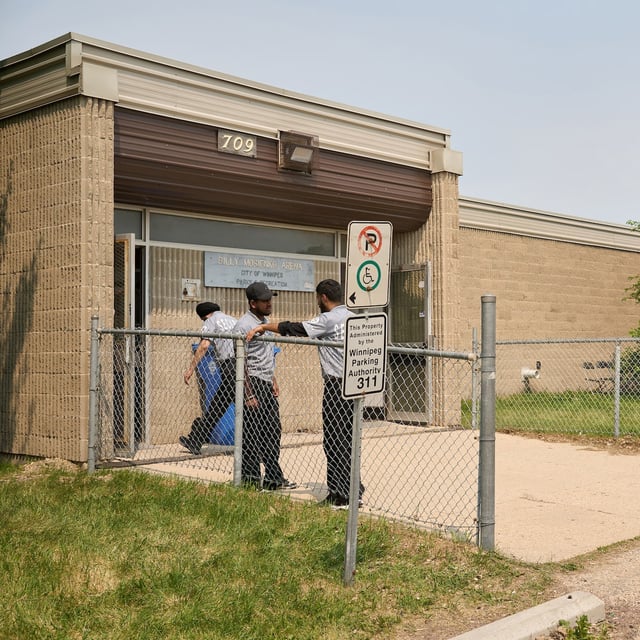Overview
- Evacuations include roughly 17,000 residents in Manitoba, 8,000 in Saskatchewan and 1,300 in Alberta as dozens of fires remain uncontrolled
- Air quality alerts cover Minnesota, Wisconsin, North Dakota and South Dakota as particulate levels reach unhealthy ranges, and forecasters predict additional smoke waves through next week
- Prolonged heat and drought have fueled over 1,200 active wildfires and pushed Canada’s fire preparedness level to 5, its highest rating
- Health agencies warn that smoke’s fine particles can worsen respiratory and cardiovascular conditions, urging sensitive groups to limit outdoor activity or use N95 masks and air purifiers
- Canadian crews supported by water bombers, ground teams and Indigenous firefighters are working to contain the blazes, though heavy smoke has grounded some aircraft



